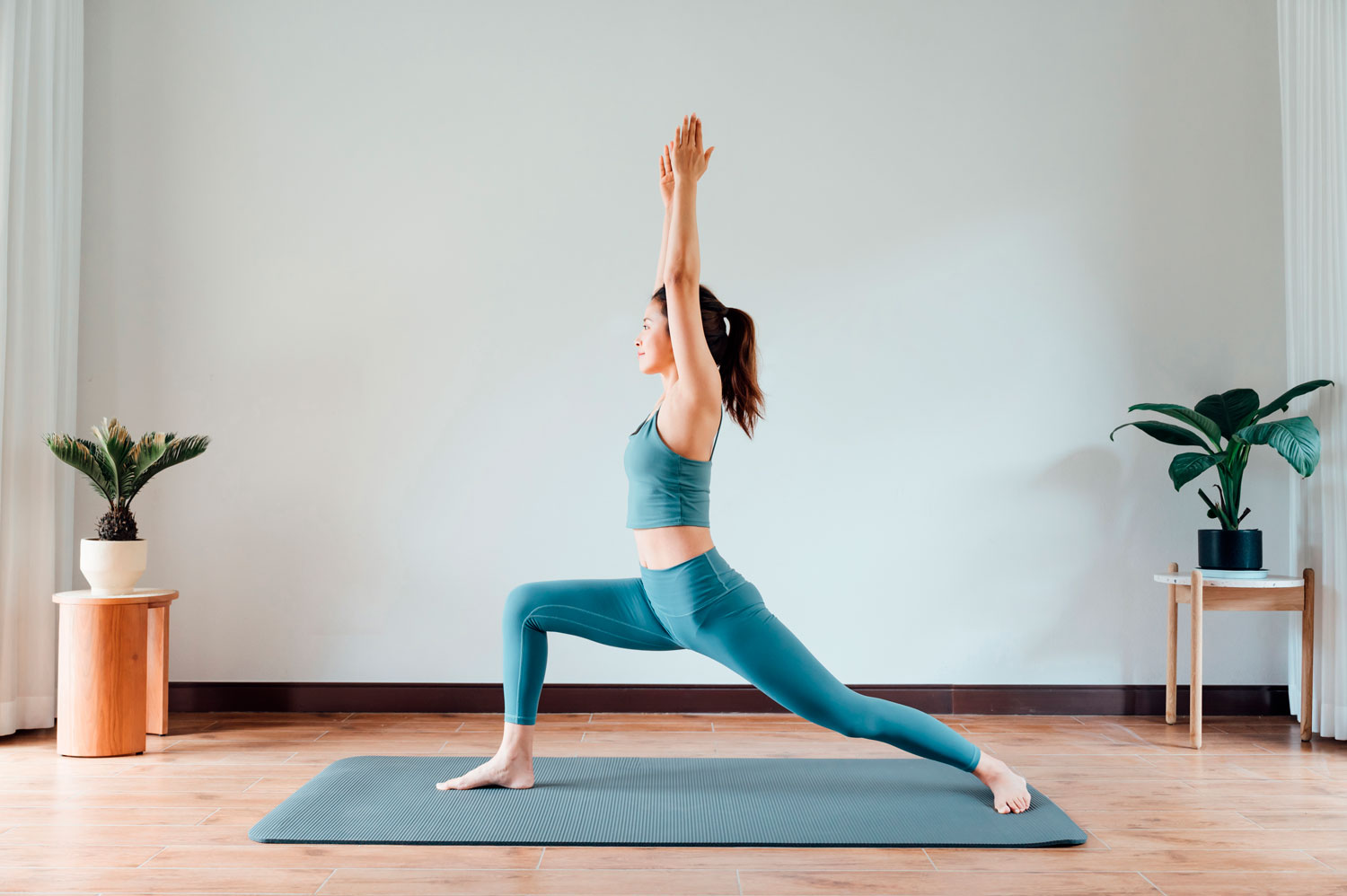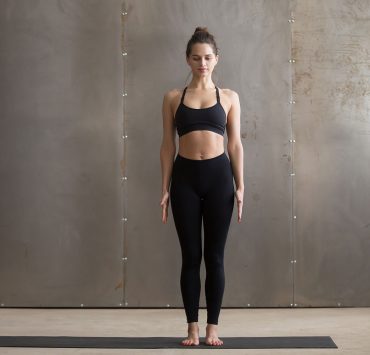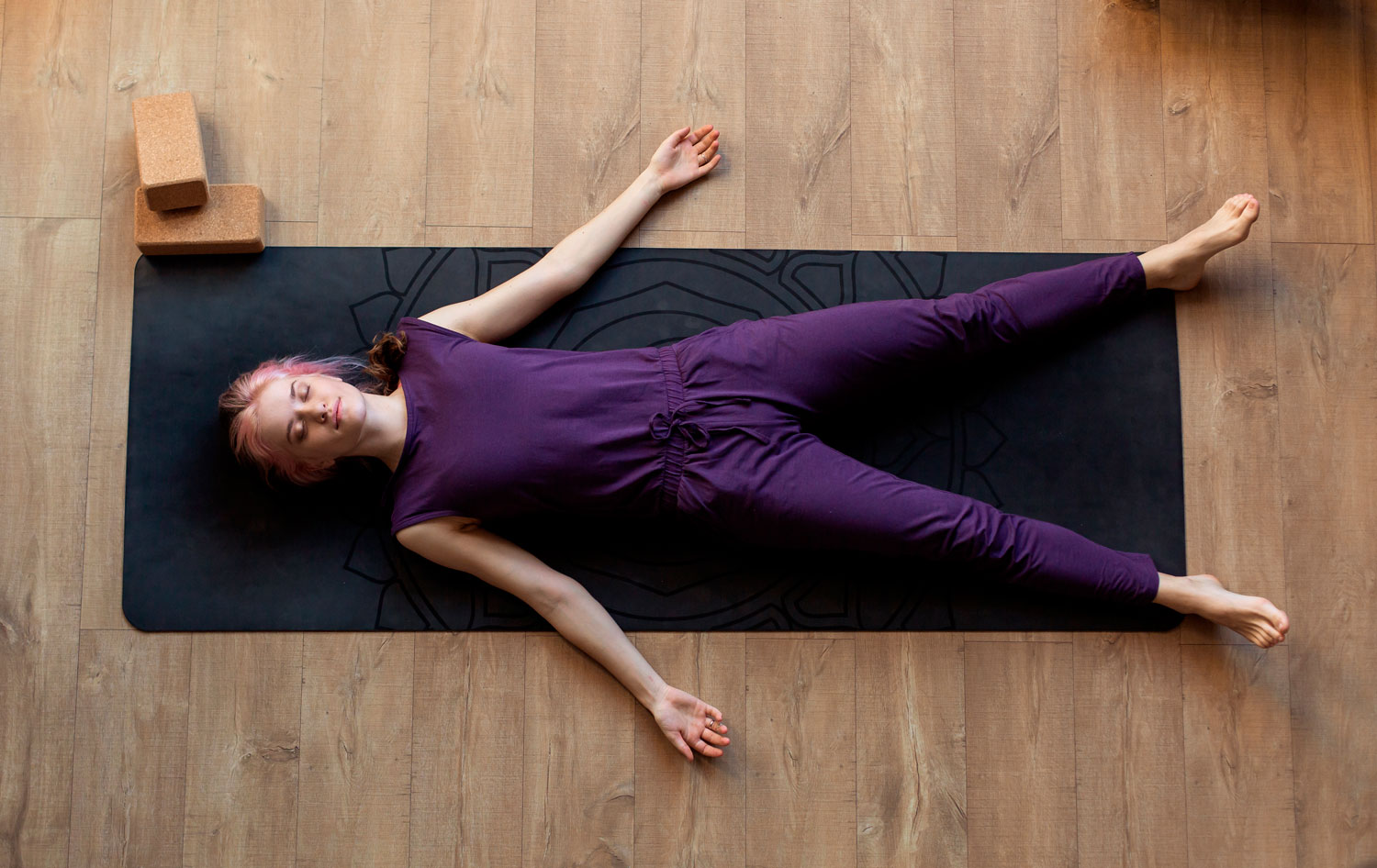
A graduate of Arizona State University, Nicole Baker is a…
Warrior I is one of the foundational postures yoga that is seen is many asana practices. When done with intention and awareness it can be a formidable pose for both beginners and advanced practitioners. Also known in Sanskrit as virabhadrasana I, it is named after the warrior Virabhadra. It is said that Virabhadra is the personification of Shiva’s emotions after his first wife, Sati, threw herself in a fire and burned as means of sacrifice at a gathering.
Shiva, also known as the destroyer, is one of the deities of Hinduism who is said to create, protect, and transform the universe. Prior to throwing herself in the fire, Sati heard her father and friends making a mockery of her husband and their marriage. The gathering was meant to be a ceremony involving sacrifice. However, there was no sacrifice, it was just her father’s way of flaunting his wealth, while insulting Shiva. Sati threw herself into the fire as a means of sacrifice and Shiva was enraged. He pulled out his hair and where his hair stood came the warrior Virabhadra. The warrior went to the gathering and roared through the ceremony. He destroyed everything in his path. The warrior postures in yoga asana are named after him– a strong warrior offering his strength to a higher power.
Benefits of the Posture

While many yoga practitioners may not envision themselves destroying people and property at gatherings and family functions, they can look to the strength of a warrior to help guide their practice in this strengthening posture. Benefits of Warrior I include:
- Stretching the upper body, specifically the chest, shoulders, psoas, neck, and belly
- Strengthening and stretching the legs
- Increasing flexibility in the hips
- Strengthening the back, shoulders, and arms
- A possible stretch for those with Sciatica
- Vata and kapha balancing in Ayurvedic principles
Warrior I is a great preparation for other postures practiced in yoga asana. It is an excellent preparatory posture to practice before Warrior III to feel the stability and control in the body.
How to Get Into Warrior I

To get started, stand in Tadasana (also known as mountain pose). Sense the feeling of the Tadasana before moving. Notice the stability of the feet in the floor, the legs engaged, chin parallel with the floor, and the body lifting upward. You can envision yourself as a mountain, strong and steady regardless of the elements surrounding it. The same principles, strength, steadiness, grounding while lifting, will apply in Warrior I.
Step the right food back about four to five feet, depending on your height and flexibility, and rotate it about 45 degrees. Imagine a line down the center of the mat with each foot staying on a separate side of the line; the feet should be about hip distance apart width wise. Bend into the front knee aiming for a 90 degree bend. Place the hands on the hips and notice if they are pointing towards the front of the mat. If not, even them off so they are inline with one another. Place equal weight on the outside of the right foot. Let the arms come down to the side body. Rotate the palms out then inhale the arms up towards the sky. As the arms lift notice the shoulders, the shoulders should be releasing away from the ears. Hold steady, imagine the strength of Virabhadra and inhabit the feeling in the body. Hold for as long as you wish but be sure to spend an equal amount of time on the opposite side.
Be aware that there are contraindications for Warrior I. People with any of the following conditions should exercise caution, check with their medical care professional, find a suitable modification or variation, or skip the posture completely if there is pain:
- High blood pressure
- Heart problems
- Neck problems
- Shoulder Problems
Things to Look For

There are common challenges in Warrior I that show up in practice. While practicing, try to observe how the body is being held to make any necessary adjustments.
- The back foot should have the weight evenly distributed. Often, while holding the posture, many people will start rolling inwards on the back foot. One way to tell if this is happening is by looking at the foot and noticing if the inside of the foot (near the base) is beginning to turn whiter than its normal color. This is an indicator that more pressure is being placed here. If so, place more weight on the outside of the foot.
- The pelvis should be neutral. Frequently, once the arms lift up, people will start to press this hips forward. Instead, let the tailbone lengthen towards the floor, allow the navel to come towards the spine while lifting up through the top of the head.
Modifications and Variations

Modifications and variations can help make Warrior I more accessible or provide additional stretching and strengthening in the body.
Balance Assistance
Students who struggle with balance may opt to use the support of a chair or wall while practicing Warrior I. If using a chair, stand behind it, using the back of the chair as a means of balance and place either one or both hands on top of it. Stand close enough to the chair so the shoulders are still stacked above the hips and the torso is upright. If using a wall, you could stand next to it with the side of the body facing the wall and place the closest hand onto the wall, using just one arm for support. You could also face the chest towards the wall, step into the posture and place both hands on the wall for additional support. Just like using the chair, try to avoid folding forward and keep the shoulders above the hips.
Shoulder Support
Those with shoulder problems may not be able to raise their arms above their head. Warrior I is still possible. Instead of reaching the arms upwards, place the hands on the front thigh or the hips. This will ease the aggravation of the shoulders but still strengthen the legs and back. Even though the arms are lower, the strength and fierceness that Warrior I embodies should still be present.
Ease the Neck
For practitioners with neck or spinal injuries avoid the variation where the eyes gaze towards the sky. Instead, keep the eye gaze forwards or downwards
Deepen the Stretch
If you would like to deepen the stretch in the upper body, release the hands down towards the side body. Clasp the hands behind the back and interlace the fingers. Bring the shoulder blades closer together and lift the chest up towards the sky. The gaze can go upward as long as it does not create any pain in the neck.
Build up Strength
When done correctly, Warrior I can be an extremely powerful and challenging posture. Staying in the posture for a long period of time can build up some serious strength in the legs. If trying to work up the amount of time holding the posture, you can include some movement. While breathing in, straighten the front leg and while exhaling release back into the bent leg. By incorporating movement, this can help build endurance for holding the posture for longer periods of time in the future.
Conclusion
Warrior I is a strengthening posture that can create balance, improve flexibility, and instill courage. When practicing feel the fierceness and strength of Virabhadra while finding the right variation that works for your body to get all of the benefits of the Warrior I.
What's Your Reaction?
A graduate of Arizona State University, Nicole Baker is a force to be reckoned with in the realm of health and wellness. She studied behavioral health, which propelled her desire to live holistically and share her knowledge with other like-minded individuals.














